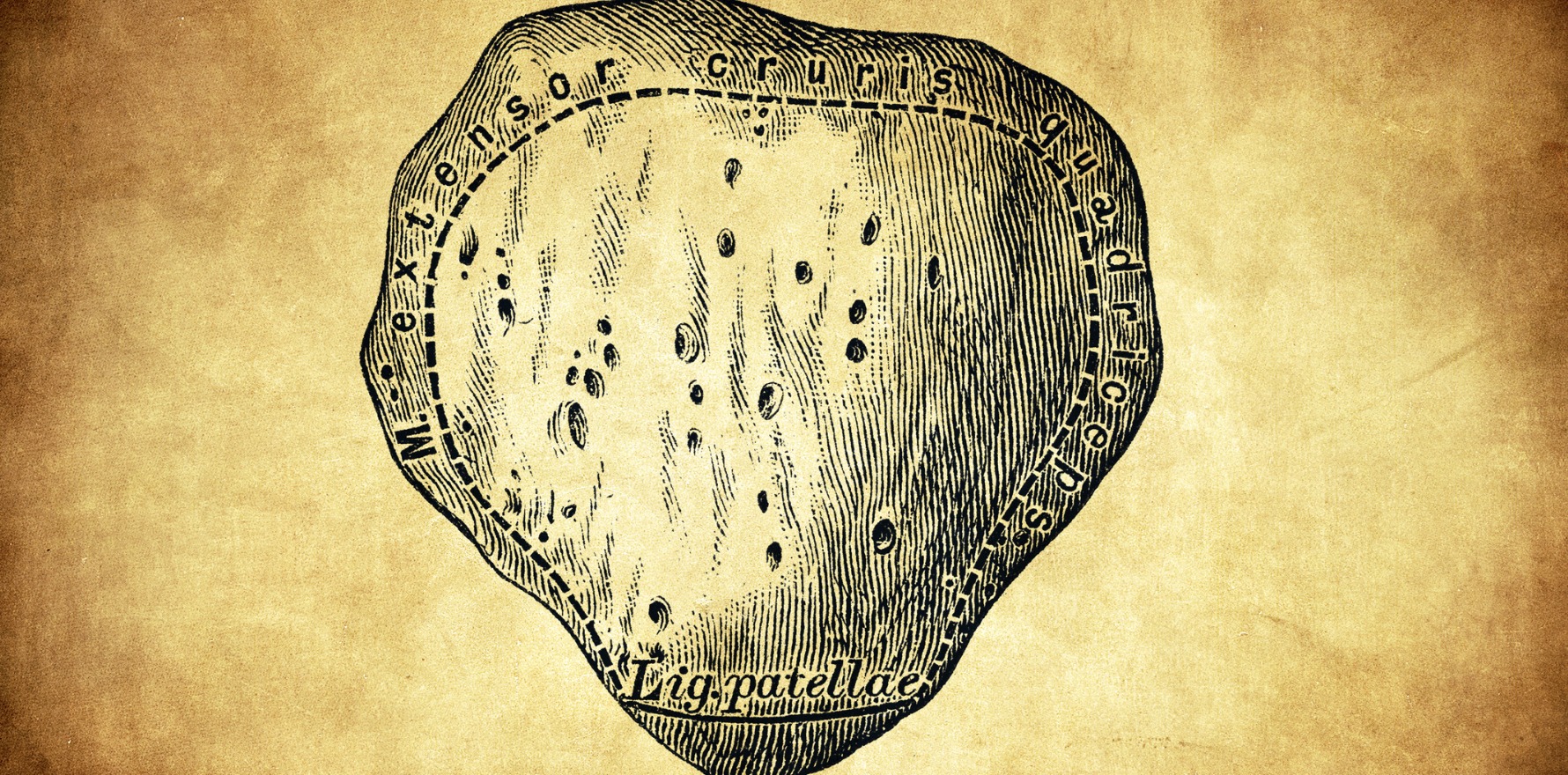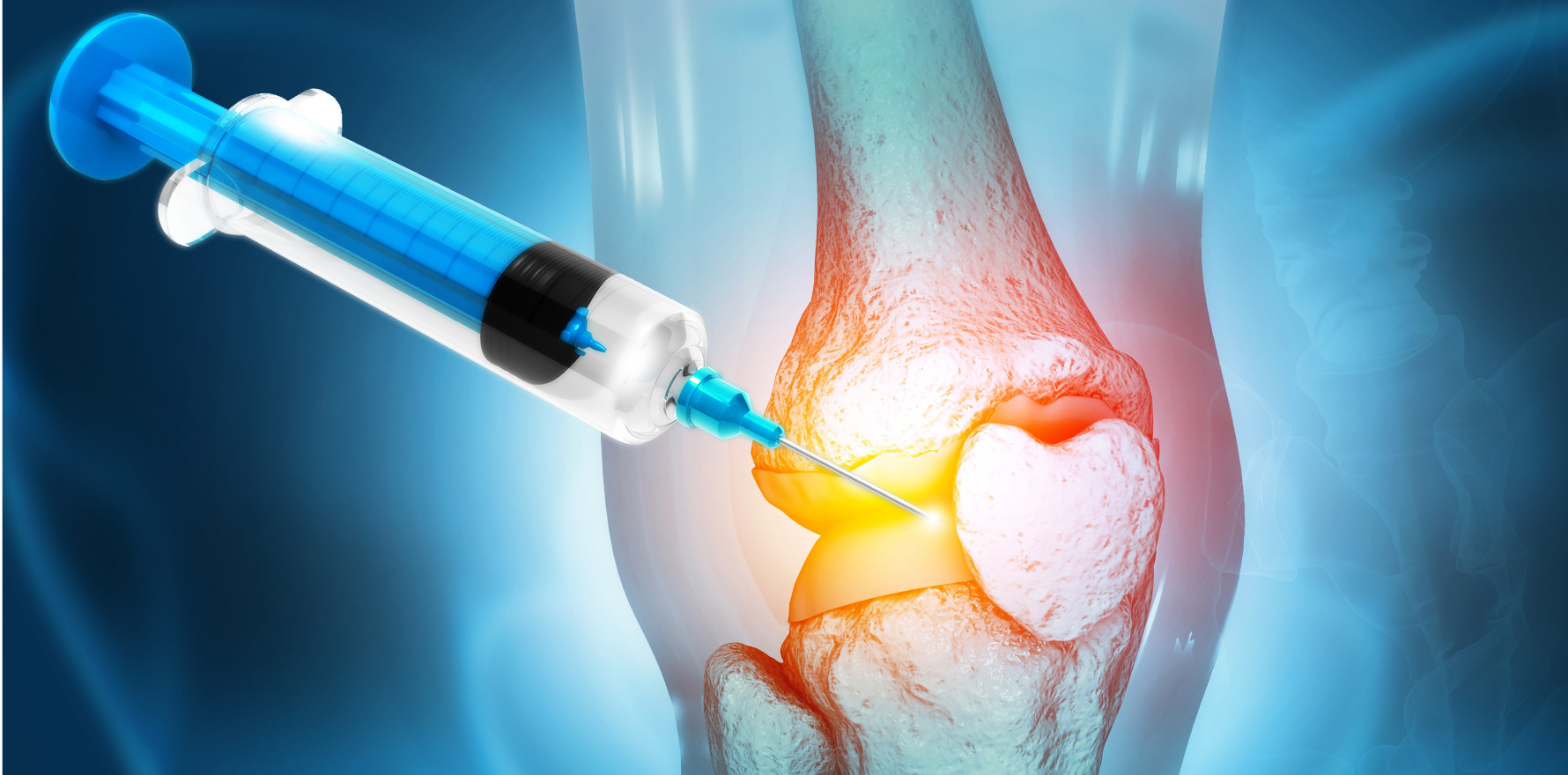Greater variance in how the patella is shaped found to be associated with the presence and severity of disease.
Some potentially bad news for individuals with uniquely shaped kneecaps.
Factors such as the position and tilt of your patella are known to contribute to the development and severity of knee osteoarthritis, but the influence of patellar shape is less clear.
Now, the findings of a new study, published in Osteoarthritis and Cartilage, suggest the shape of your kneecap may be associated with your risk of developing osteoarthritis.
“This study suggests patellar shape – particularly of the lateral patellar facet, which is where most osteoarthritis occurs – is increased in disease, and that [patellar] shape may be valuable in providing an indicator of people who theoretically could be at greater risk, either [for] development of disease or of progression,” Professor David Hunter, a rheumatologist clinician-researcher from the University of Sydney, told Rheumatology Republic.
Australian researchers recruited 160 individuals as part of the cross-sectional case-control study, 67 of whom had knee osteoarthritis and were waiting for a knee replacement.
Differences in patellar shape between men and women, and between healthy individuals and osteoarthritis patients were assessed using 3D models of the kneecap created obtained from a CT scan.
Both men and women with knee osteoarthritis displayed greater variance in the shape of the lateral and medial facets of their patella compared to their healthy counterparts. There were no differences in patellar shape between men and women.
The variation in lateral facet shape was associated with the Kellgren and Lawrence score (a common method for classifying osteoarthritis severity), where greater variation in kneecap shape (compared to average) was associated with greater disease severity.
“Compared with controls, individuals with patellofemoral osteoarthritis have a patella that is more laterally displaced and tilted, and proximally translated,” the authors wrote.
“This increases contact pressure on the lateral facet, and results in degenerative changes, which may explain the here recorded greater shape variance in osteoarthritis lateral facets, and progressively greater variance with increasing patellofemoral KL score.”
Professor Hunter agreed with the researcher’s potential explanation for the association between lateral facet shape and the risk of osteoarthritis.
“Bone shape and the distribution of stress plays an important role in the joint,” he told RR.
“If you have changes in the contact area of joint surfaces, that alters the way the load in the joint is distributed. If you have a change in shape, it potentially alters the mechanics in a way that could be either favourable or unfavourable.
“Generally, in the context of osteoarthritis if you increase contact and mechanical stress in the joint it could be an unfavourable change in contact stress mechanics predisposing to disease.”
However, Professor Hunter felt the study was limited by only recruiting patients with a more advanced stage of disease.
“In an ideal world, this would have been a much more community-based sample to give a better sense of disease contributions,” he said.






